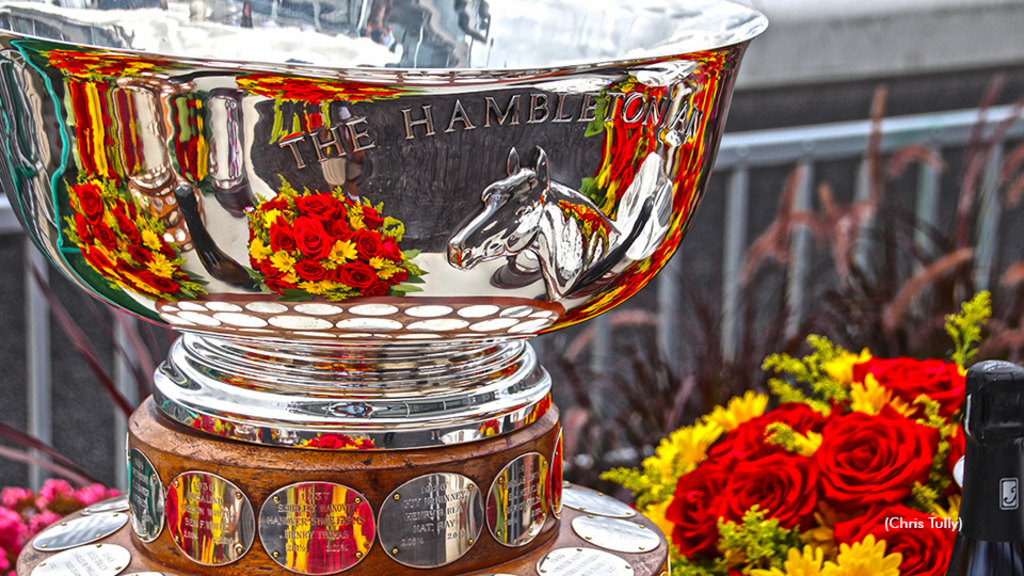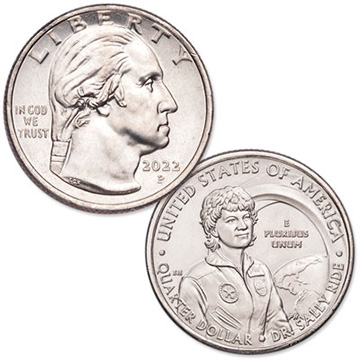Pocket A Design By Hambletonian Trophy Artist

The Hambletonian trophy is trotting’s most elusive prize. Beyond the staggering odds of having the sole three-year-old trotter in the world better than all the rest on one Saturday in August, the trophy stays in the care of The Meadowlands after celebration of the day, owing to its value and risk of damage. While no one truly owns a Hambletonian trophy, now anyone can own a design by the artist who created it.
For decades, a few words in the Hambletonian media guide gave but passing mention of Laura Gardin Fraser for her design of a horse head on the Revere bowl that’s been the Hambletonian trophy since Peter Astra won it in 1939.
“It [the trophy] features a bas relief of a horse’s head designed by Laura Fraser for the Park Avenue [New York] design firm of Warren D. Perry” reads the line in the guide.
When the Hambletonian Society chose Fraser to enhance the prize for trotting’s classic race, she was already a prolific, accomplished sculptress. A lifelong horsewoman who learned to play polo when she was commissioned to create a polo medal, her animal designs, everything from Irish Setters to goats, were praised for their detailed and realistic portrayal.
Fraser, born in 1889 and raised in New York City, was educated at the Horace Mann School, Columbia University and the Art Students League. She was best known for her medal and coin designs, including the Army and Navy Chaplain’s medals, a Congressional Medal commemorating the flight of Charles Lindbergh, and the granite Pegasus in Brookgreen Gardens in Murrells Inlet, South Carolina. Her bronze statue of Fair Play, sire of Man O’ War, stands guard over the horse cemetery at Normandy Farm on Paris Pike in Lexington.

Her design of the Alabama centennial half dollar in 1921 made her the first woman to design a coin for the United States Treasury. In 1935, she was the sole woman among six sculptors asked to submit a design for a statue depicting the last meeting of Stonewall Jackson and Robert E. Lee before the Battle of Chancellorsville in 1863, to be erected in Baltimore. Her design was chosen and completed in 1948 as the only double equestrian statue in the country. The statue was vandalized and later removed to storage in 2017 by unanimous vote of the City Council, as it was perceived as a symbol of racial injustice.
It was easy to see Laura Fraser was equal to the task of creating a simple horse head in silver. What could not have been foreseen is that in 2022, 83 years after completion of the Hambletonian trophy and 56 years after her death in 1966, her work would be in nearly every American’s pocket.
In 1931, she was the winner of a competition to determine the design of a new quarter to commemorate the bicentennial of George Washington’s birth. Her offering won that contest with praise for its “simplicity, directness and nobility,” from the United States Commission of Fine Arts as recommended to then-Treasury Secretary Andrew Mellon. Mellon, however, chose a design by a competitor, John Flannigan, that continues to be struck to this day.
This year, finally, Fraser’s image of Washington created in 1931 will be fully utilized in a four-year series of quarters celebrating 20 notable women in American history. Through 2025, Fraser’s image of Washington will be used for the American Women Quarters series that currently has three designs in circulation – poet Maya Angelou, astronaut Sally Ride and Cherokee Chief Wilma Mankiller.
Laura Fraser died on Aug. 13, 1966, two weeks before the owners of Kerry Way posed in Du Quoin, Ill., with the trophy bearing her creation. She is buried in Willowbrook Cemetery in Westport, Conn., where she and her husband, James Earle Fraser, also a sculptor, built a studio after their marriage in 1913.
(Hambletonian Society)

